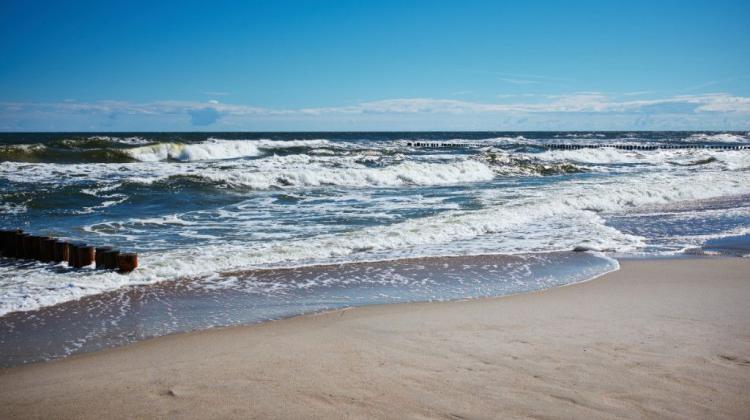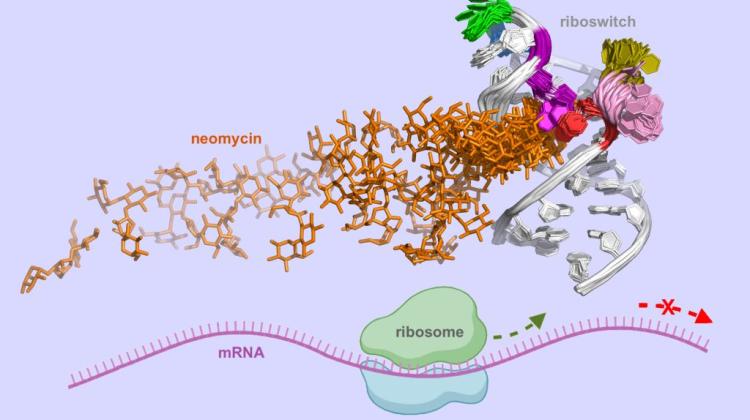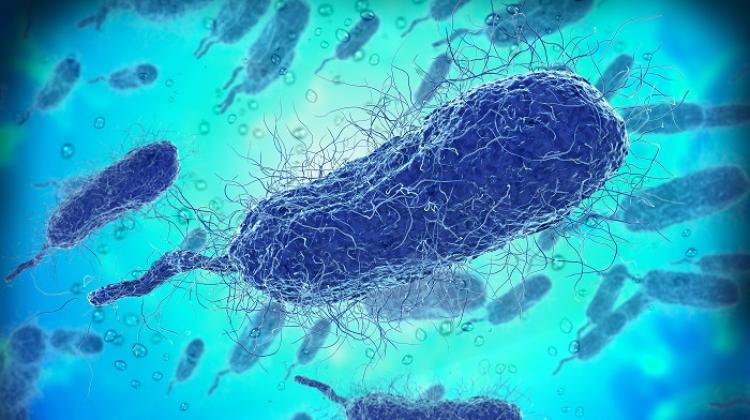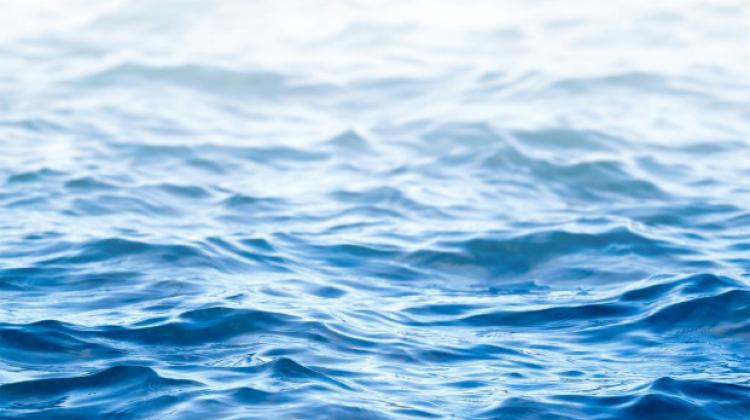Porpoise in the Baltic Sea will be better protected - GDEP approved a new program
 Photo: Fotolia
Photo: Fotolia
Changing the type of nets and fishing techniques, development of spatial development plans at sea, reducing noise and pollution in the Baltic Sea are the porpoise protection program recommendations approved by the General Director of Environmental Protection (GDEP).
"The program objective is to reverse the negative trend, with which we have been dealing for a long time, namely the decline of the population of harbour porpoises in the Baltic Sea" - told PAP the Minister of the Environment Maciej Grabowski. He added that the basis for the development of the document was research conducted until the end of last year The program was approved last week.
The conservation program identifies that the greatest threats to the Baltic harbour porpoise as by-catch (accidental entanglement in fishing nets), marine pollution as well as hydroacoustic noise related to the growing intensity of the noise associated with transport and underwater detonations. The program includes a number of recommendations for institutions, local governments and maritime offices. Their application is intended to help protect this marine mammal, a distant relative of dolphin.
One of the recommendations involves the use of fishing gear that reduce by-catch. The solution is to use so-called pingers, periodic fishing restrictions, or the use of different types of nets. The authors also point to the need for monitoring and reporting the cases of by-catch.
According to the document, the lack of measures to reduce accidental by-catch may prove to be a serious threat to the local population’s regeneration ability. GDEP recommendations include reducing chemical and biological pollution. All reductions of sources of pollutants entering the sea should be supported, among others, the construction of modern sewage treatment plants or the development of agri-environmental schemes limiting the use of pesticides - suggest the authors. They draw attention to the need for management of waste left in ports and on the beaches.
Noise is also dangerous for the porpoises. These animals use echolocation and strong sound intensity causes problems in navigation and the acquisition of food. One of the recommendations is that in case of explosions they should be preceded by smaller ones to warn the animals present in the area.
GDEP also recommends the development of spatial plans for marine and coastal areas, which would take into account the need to protect the porpoise. This should include not pursuing investments in areas that are spawning grounds of fish which are the food of porpoises.
Porpoise protection program will be updated in 2020.
WWF environmentalists are welcome the document, because the program has been prepared also based on their report. The only surviving whale in the waters of the Baltic Sea was also the theme animal of this year\'s "Earth Hour" in Poland. Petition to the Minister of the Environment on the establishment of a conservation program was signed by more than 100 thousand people.
WWF spokesman Paweł Średziński in a statement sent to PAP emphasised that "it is a great success in protecting this critically endangered whale in the Baltic Sea". "We are not able to provide effective protection without the approval of the harbour porpoise protection program and concrete actions that will ensure that fewer porpoises die than are born. Since 1984, porpoise is protected under the Polish law. This is a very passive protection. More than 30 years proves that it is not enough to ensure that porpoises in the Baltic will survive. That is why porpoises desperately needed the adoption of an effective program to protect them" - he assessed.
Only approx. 450 harbour porpoises currently live in the waters of the Baltic Sea. In the interwar period, porpoises they were so numerous that the Polish authorities introduced special bonuses for their catching or killing. These animals were treated like pests that destroy nets and kill off fish.
In Poland, harbour porpoises are protected since 1984, currently also under the Nature Conservation Act of 2004. They are also included in the annex to the first Minister of the Environment Regulation on species of wild animals under protection. This means that the specie requires an active protection and porpoises are strictly protected. Prohibited actions include intentionally scaring or killing them, transport of live animals, destruction of their habitats or refuges.
General Director of Environmental Protection prepares programs to protect endangered species of plants, animals and fungi (in accordance with Art. 57 of the Act on the Protection of Nature). They contain include an in-depth analysis of the population of the species, identification of risks, and an evaluation of the existing protection methods. The aim of the protection program is to develop conservation strategies for efforts to rebuild the populations of endangered species, including the identification of ways to implement these actions and sources of funding. (PAP)
mick/ jzi/ zan/
tr. RL
Przed dodaniem komentarza prosimy o zapoznanie z Regulaminem forum serwisu Nauka w Polsce.

















